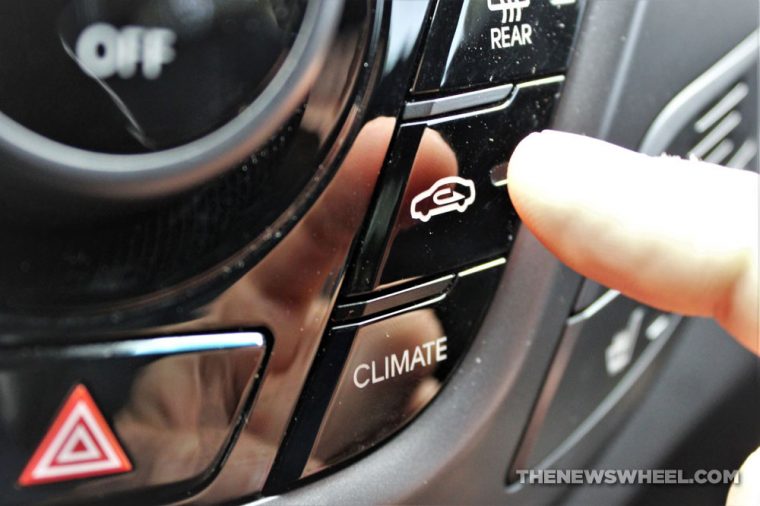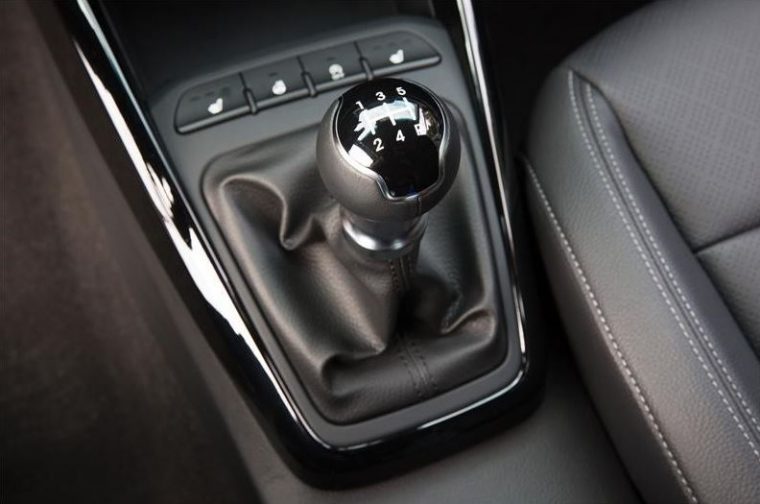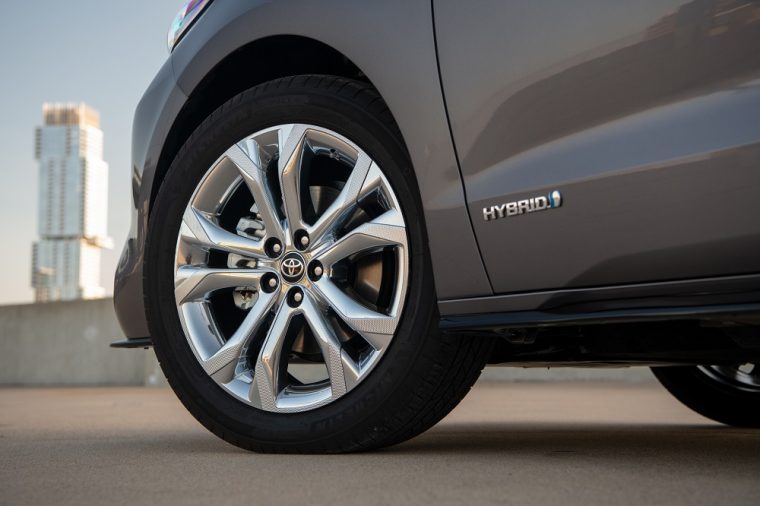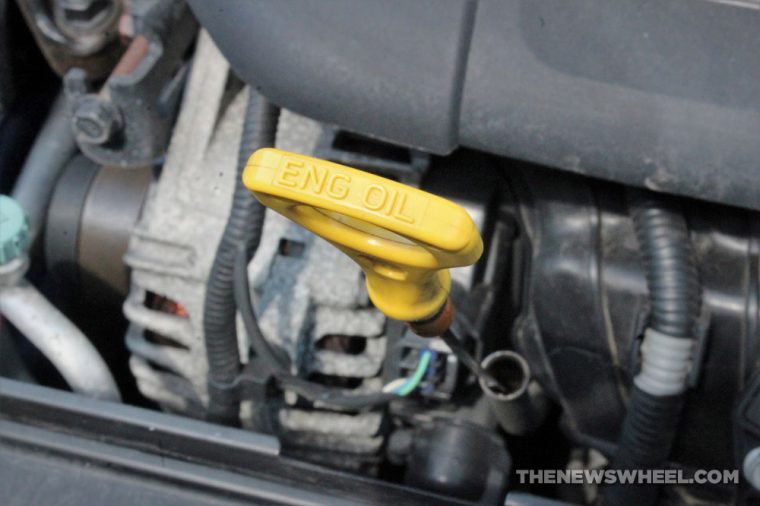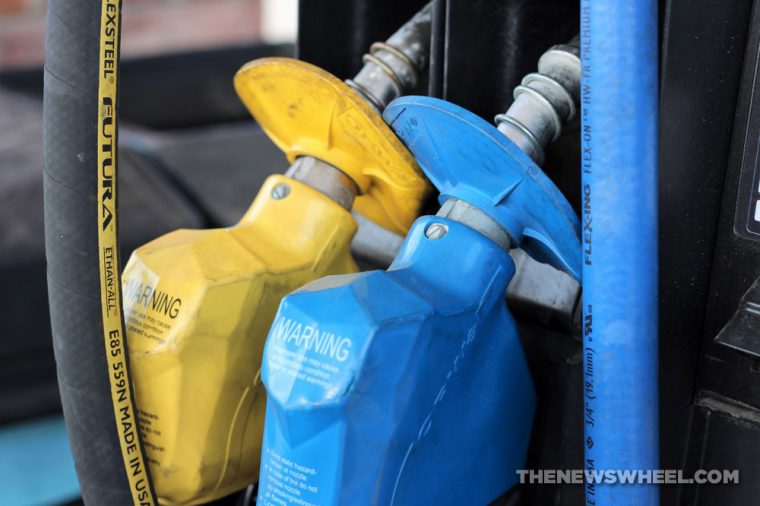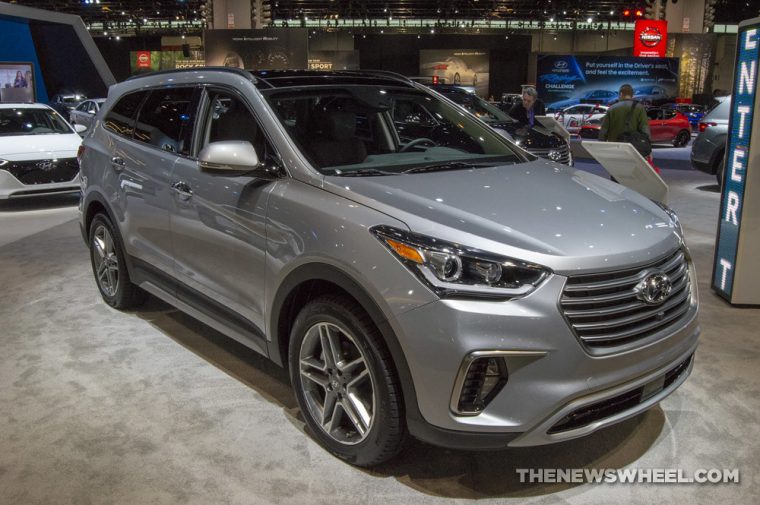Debunked: 7 Outdated Car Myths You Shouldn’t Believe
In the past decade, the automotive industry has made huge leaps forward in technology and design. Now that you’re driving in the 21st century, it’s time to update your understanding of cars to this century, too, and dispel some old myths that have persisted for far too long.
Deal or Deal-Breaker: Is it a wise investment to purchase a used electric vehicle?
Myth 1: Use air conditioning for better fuel efficiency
Has someone told you that using the air conditioning is always better for fuel economy than rolling down the windows? That’s only partly true.
The truth is that it depends on how fast you’re driving. If you’re mainly in the city, driving at slower speeds under 45 mph, your car can conserve gas by keeping the A/C off and the windows down.
Once you exceed 50 mph on highways or country roads, the opposite is true. The faster your car is moving, the more impact open windows have on its drag, forcing it to work harder to keep you moving.
Read more about using the A/C versus open windows…
Myth 2: Choose manual transmission for better fuel efficiency
It used to be true that driving stick would result in better fuel economy because driver control made shifting more precise.
In recent years, massive improvements and the “computerization” of cars have made automatic transmissions far more intuitive — and thus efficient. That’s especially true if you’re driving a vehicle with a continuously variable transmission that’s made to optimize fuel economy.
So if you prefer the experience of driving a stick shift, by all means go ahead — just don’t assume that you’re saving money at the pump.
Read more about why manual transmissions are becoming obsolete…
Myth 3: Any vehicle with all-wheel drive can be driven off-road
Many crossovers, SUVs, and even sedans can be equipped with all-wheel drive, but that doesn’t mean they’re capable of traveling over mud or sand. Fundamentally, all AWD offers is less slippage on wet or icy pavement.
This ties into the similar misconception that all SUVs are made for off-roading. While the “sport utility vehicle” moniker and origin seem to suggest any SUV can be driven over rough terrain, that’s not the case.
Most SUVs today are made for optimal performance on the road for their target demographic: families. They’re not designed with the suspension systems, ground clearance, wheels, power, or approach angles needed for actual all-terrain travel. They’re just big, sturdy family vehicles. So before your drive your SUV off-road, make sure it’s actually designed to do so.
Read more about the purpose of all-wheel drive…
Myth 4: Engine oil needs to be changed every 3,000 miles
An oil change every 3,000 miles used to be standard. These days, with improvements in engine designs and the introduction of synthetic oil, your car can go much further before needing a flush.
It depends on the make and model of your vehicle, but many modern cars can go as far as 10,000 miles before needing an oil change if high-quality synthetic oil is used.
Just make sure you always stick to the manufacturer’s recommendations for your vehicle and what guidelines are imposed by its warranty.
Read more about how synthetic oil has changed your car’s need for oil flushes…
Myth 5: Premium gas is always better for your car
Premium gas is more expensive than regular gas, so therefore it’ll make your car run better, right? It’s in the name, after all.
That depends on what car you drive. A model with a standard production engine — as most economy vehicles have — are made to run on regular gas. Anything other than that would actually be detrimental.
The only reason you’d need to spring for premium gas is if you drive a vehicle with a hotter-running, higher-compression engine.
Read more about the misconceptions about premium gasoline…
Myth 6: Small vehicles aren’t as safe as big vehicles
The bigger a vehicle is, the more durable and thus safe it is, so that makes large vehicles like trucks and minivans inherently safer than small cars, right?
These days, automakers have to follow far stricter safety regulations when producing cars. Thus, even compact sedans and hatchbacks are much safer than they used to be — so safe that sometimes they earn better safety scores than crossovers or SUVs. It all depends on the quality of the materials used, the vehicle’s construction, and its safety systems.
A big vehicle might help you feel safer, but that doesn’t mean it inherently is. It’s important to check each model’s specific safety ratings to determine that.
Read more about how the IIHS assesses and scores vehicle safety…
Tips for Car-Shoppers: How to determine if the used car you’re buying is safe
Myth 7: You car runs better if you warm it up first
Back in the old days, it took a little while for a car’s engine to reach peak operating level, especially in the winter. Modern-day engines are designed to run smoothly from the moment you turn the ignition, so there’s no reason to let them sit and idle in the morning anymore. In fact, that’s even illegal in some states.
It’s important that you research every “tip” you’ve been told by your relatives or friends. Many of these notions have been accurate in the past, but automotive innovation is changing so rapidly that what used to be true may no longer be.
Aaron is unashamed to be a native Clevelander and the proud driver of a Hyundai Veloster Turbo (which recently replaced his 1995 Saturn SC-2). He gleefully utilizes his background in theater, literature, and communication to dramatically recite his own articles to nearby youth. Mr. Widmar happily resides in Dayton, Ohio with his magnificent wife, Vicki, but is often on the road with her exploring new destinations. Aaron has high aspirations for his writing career but often gets distracted pondering the profound nature of the human condition and forgets what he was writing… See more articles by Aaron.


